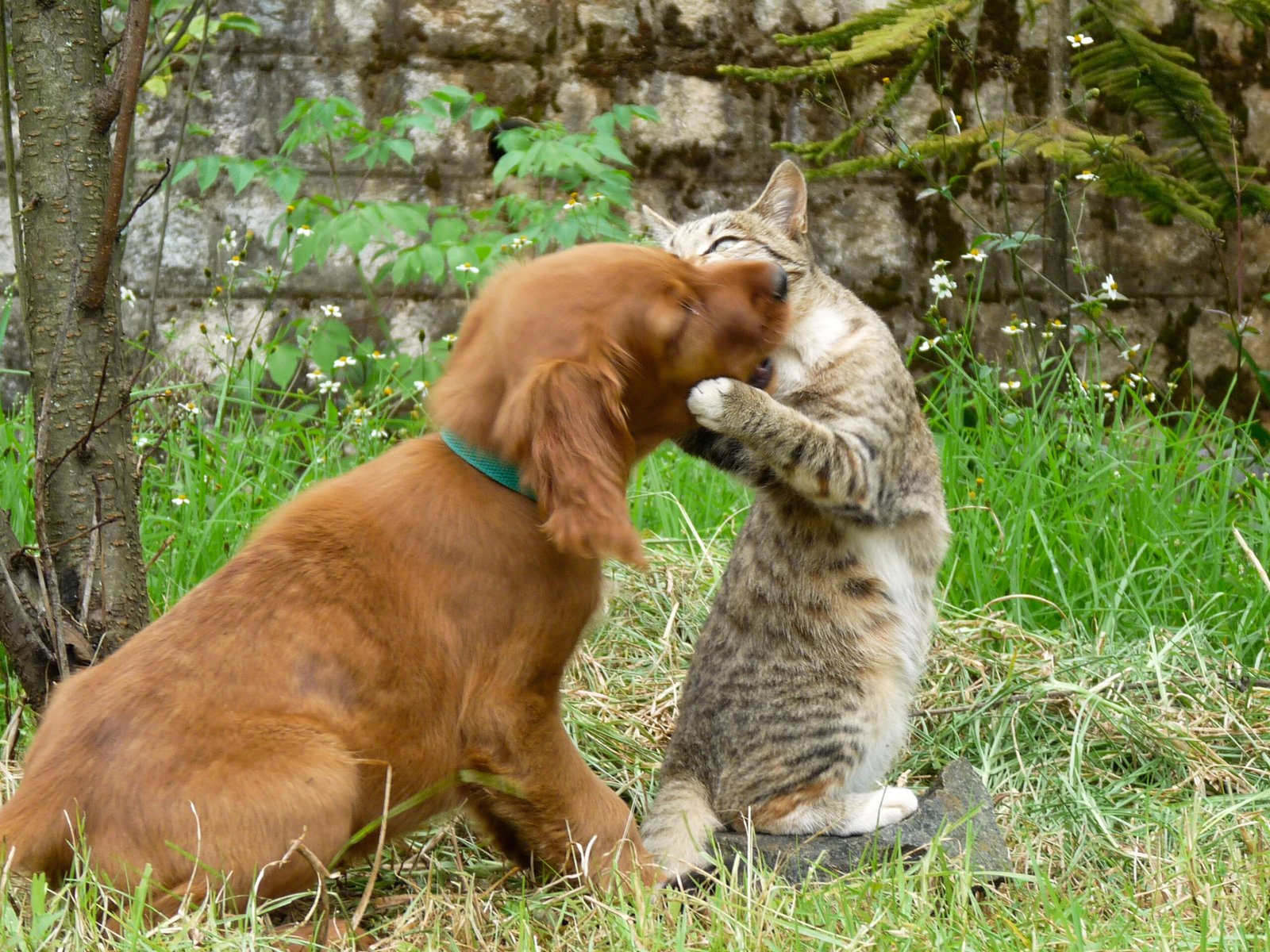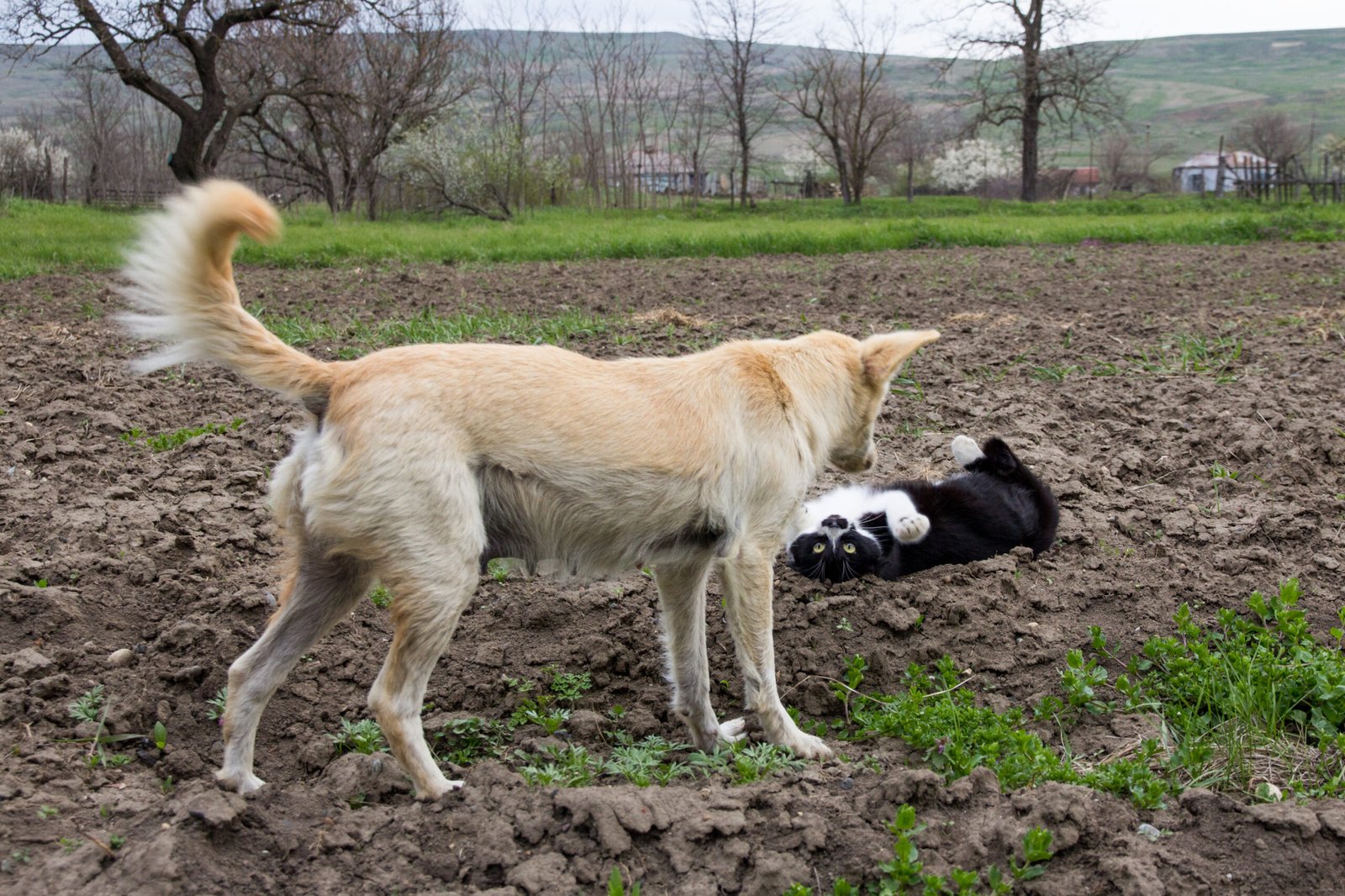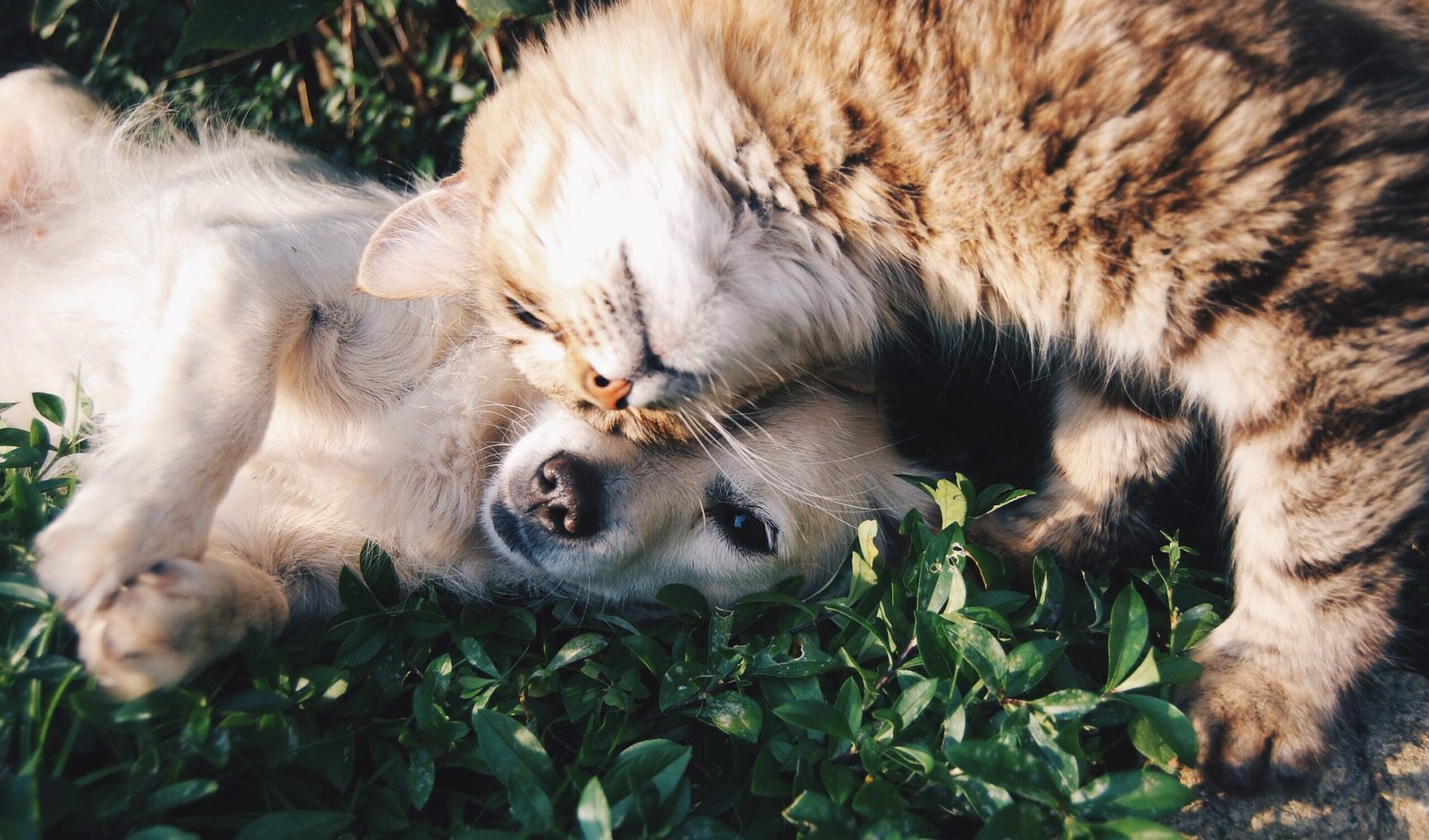Cats and dogs, the quintessential pets, have been companions to humans for centuries. While they both bring joy and companionship into our lives, their differing nature can sometimes lead to amusing and bewildering interactions. If you’ve ever wondered why your dog may seem irritated with your cat, this article will shed some light on the behaviors cats exhibit that can rub dogs the wrong way. From their mysterious antics to their aloof demeanor, here are ten cat behaviors that dogs often find annoying.
The Elusive Cat Nap
Cats are masters of the art of napping. They can sleep up to 16 hours a day, often choosing the most inconvenient spots to do so. Whether it’s the middle of the hallway or on top of the sofa, their choice of napping location often disrupts a dog’s path. Dogs, who are naturally more active and social, can find this excessive sleeping habit perplexing and frustrating. Imagine being a dog ready for playtime, only to find your feline friend sprawled out in a deep slumber, blocking your way. It’s like being a child ready for recess, only to find the playground closed.
The Aloof Attitude

Cats are known for their independent and sometimes aloof nature. Unlike dogs, who are eager to please and constantly seek companionship, cats often prefer solitude. This aloofness can be perceived as indifference or even arrogance by dogs. Dogs thrive on social interaction and affection, and a cat’s nonchalant attitude can be quite puzzling to a dog who is eager to play or cuddle. It’s as if the cat is saying, “I’m too cool for your games,” leaving the dog bewildered and sometimes a little hurt.
The Mysterious Midnight Zoomies

Many cat owners are familiar with the phenomenon known as the “midnight zoomies,” where cats suddenly dart around the house at lightning speed, often in the dead of night. This sudden burst of energy can be startling for dogs, especially those who are trying to sleep. The noise and chaos of a cat racing around can be annoying for a dog who prefers a calm and quiet environment. It’s like being jolted awake by an unexpected fire drill, leaving the dog confused and slightly irritated by the cat’s unpredictable antics.
The Unpredictable Swats

Cats have a playful yet unpredictable nature, and sometimes, in the midst of play, they may swat at a dog with their paws. While this might be intended as playful behavior from the cat’s perspective, dogs can find these swats annoying and even threatening. Dogs, who are generally more straightforward in their play, can be caught off guard by these sudden movements. It’s akin to someone unexpectedly tapping you on the shoulder while you’re deep in thought, causing a mix of surprise and irritation.
The Territorial Scratching
Cats have a natural instinct to scratch, which they do to sharpen their claws and mark their territory. This can be particularly annoying for dogs, especially if the cat decides to scratch furniture or areas the dog frequents. Dogs, who are less territorial by nature, may find this behavior puzzling and irritating. It’s like having your favorite chair constantly rearranged without your consent, leaving the dog feeling displaced and confused.
The High Perch Superiority
Cats love to climb and perch on high places, giving them a vantage point to observe their surroundings. To dogs, who are usually ground-dwellers, this behavior can appear as if the cat is asserting superiority. Dogs may feel annoyed by the cat’s elevated status, as if the cat is looking down on them both literally and figuratively. It’s similar to being at a party where someone is always standing on a stage, drawing all the attention while you remain in the crowd.
The Ignored Commands
Dogs are trained to respond to commands and often expect the same from other animals. Cats, however, are notorious for ignoring commands, which can be frustrating for dogs who are accustomed to structure and obedience. To a dog, a cat’s refusal to follow orders might seem like defiance or stubbornness. It’s like trying to have a conversation with someone who refuses to listen, leaving the dog feeling exasperated and ignored.
The Silent Staring Contest
Cats have a peculiar habit of staring intently for long periods, whether at a toy, a spot on the wall, or even at a dog. This silent staring can be unnerving for dogs, who rely on body language and movement to communicate. The lack of response from the cat can leave a dog feeling uneasy, as if they’re being silently judged. It’s akin to someone staring at you without speaking, creating an awkward and uncomfortable tension.
The Sneaky Stealth Mode
Cats are natural hunters and possess an innate ability to move silently and stealthily. This stealth mode can be annoying for dogs, who are often more boisterous and less subtle in their movements. A cat’s ability to appear and disappear without a sound can startle a dog, leaving them feeling on edge. It’s like living with a ninja who constantly sneaks up on you, keeping you perpetually on guard.
The Unyielding Curiosity
Cats are curious creatures, often poking their noses into everything, including a dog’s personal space. While dogs are generally social, they often have boundaries that cats tend to ignore. This invasive curiosity can be annoying for dogs who prefer their space to be respected. Imagine trying to enjoy a meal with someone constantly peering over your shoulder; it’s an intrusion that can quickly become bothersome.
In conclusion, while cats and dogs are beloved members of our families, their differences can sometimes lead to amusing misunderstandings and conflicts. Understanding these behaviors can help pet owners foster a more harmonious environment for their furry companions. By appreciating the unique traits of each species, we can ensure that both cats and dogs live together peacefully, much to the delight of their human companions.

Born and bred in South Africa, a Capetonian at heart. Amy-Leigh’s love for nature and animals was inherited from her Dad. He loves taking the family on road trips to experience nature at its finest; Amy-Leigh’s favourite being whale watching in Hermanus and spotting Kudu along the West Coast. Amy-Leigh holds a BA in English Literature and Communication Studies.





